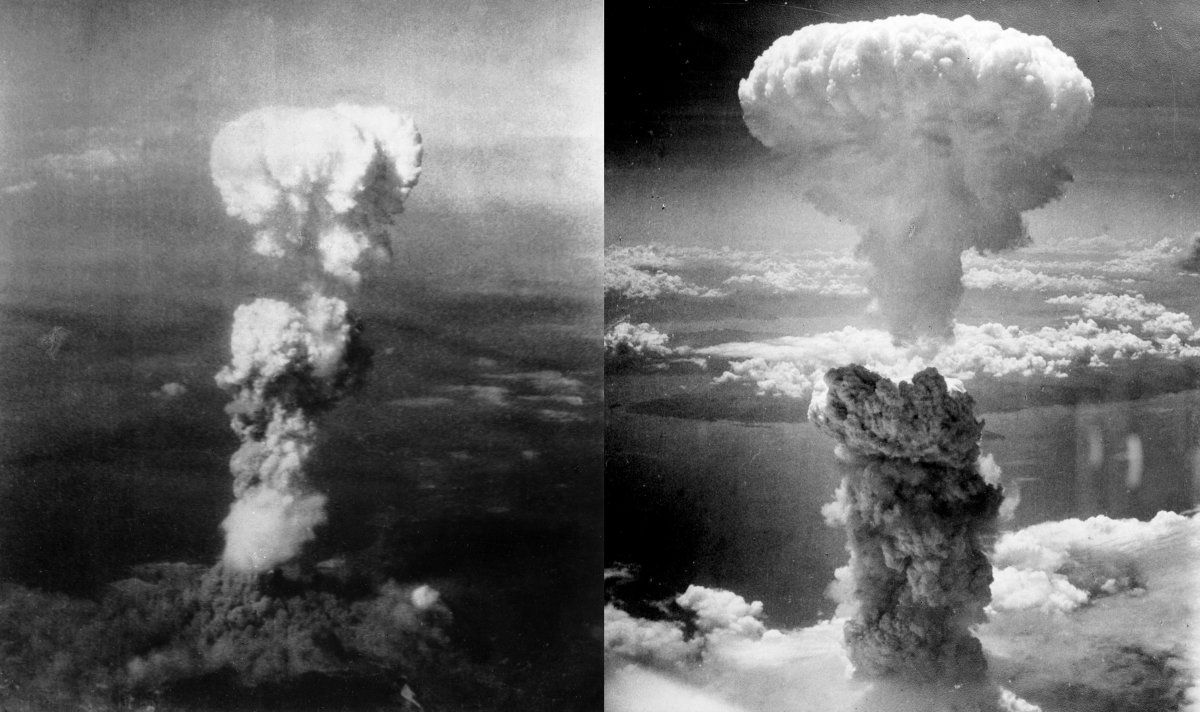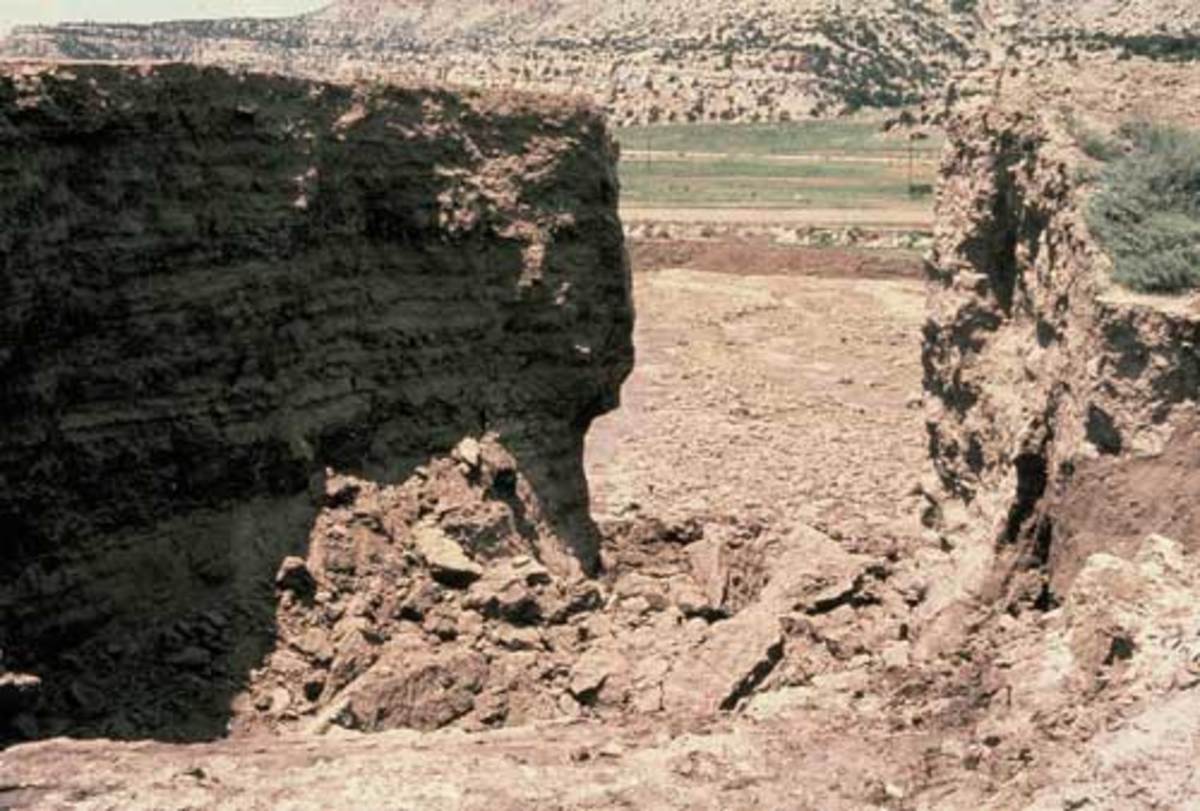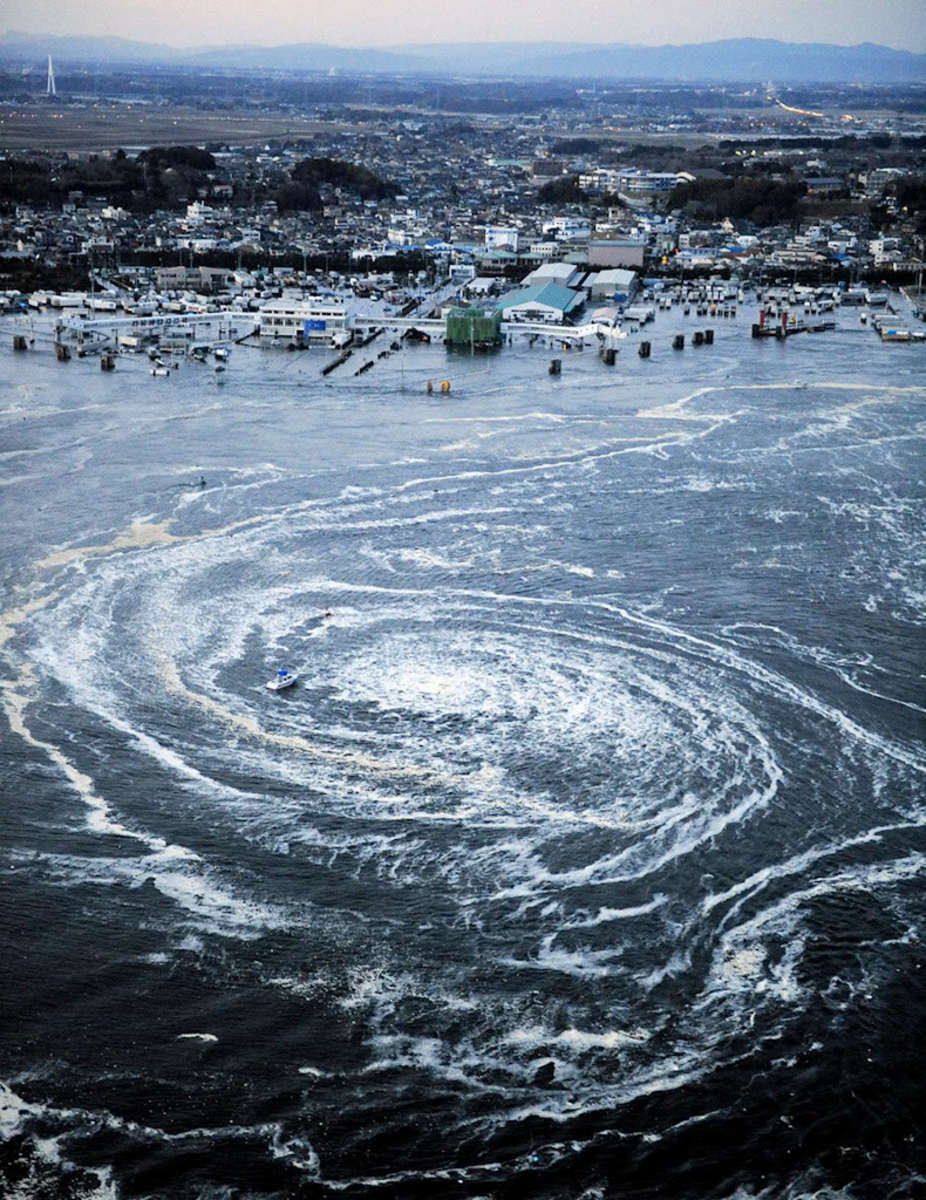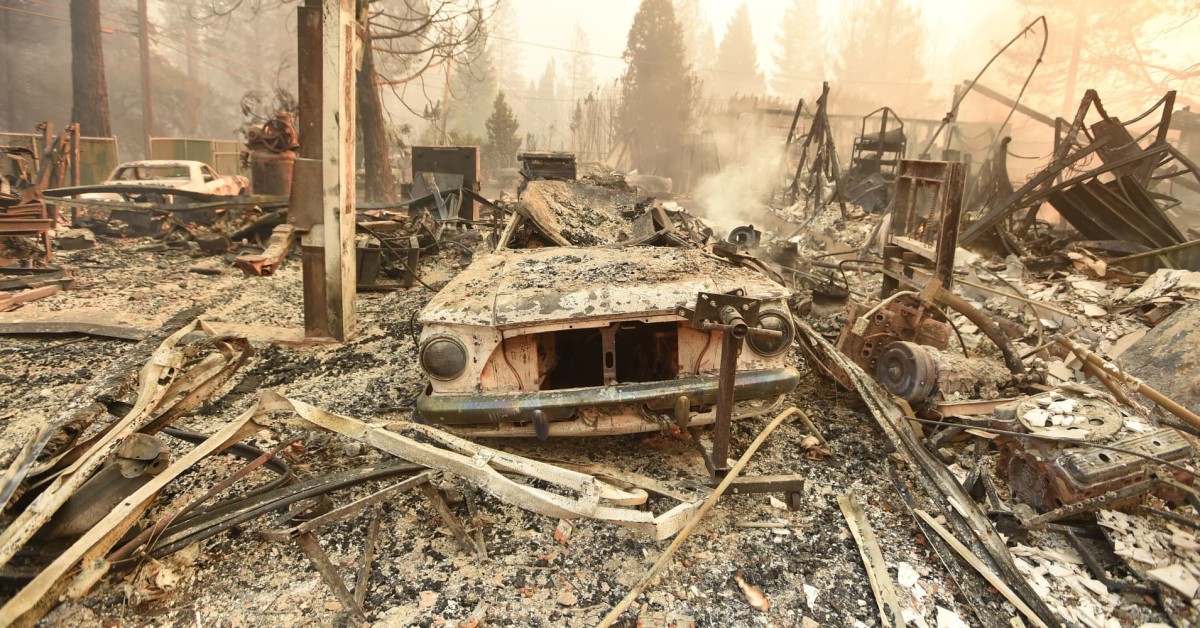Canada - Risk of Radiation - Iodine 131 & Cesium 137 Contamination Reach Coastal BC - Japan
**Updates**
Published on March 08, 2023, this link provides an update on the purification and release of the massive amount of water used to cool the damaged reactors at the TEPCO Fukushima Daiichi Nuclear Power Station. The power station was severely damaged during the March 11 2011 earthquake, the worst natural disaster in living memory in Japan.
https://www.reuters.com/plus/the-science-and-global-standards-behind-fukushimas-alps-treated-water?utm_medium=paid+social&utm_source=facebook&utm_campaign=METI&utm_id=6346353787688&fbclid=IwAR1D7PBctZoM6RVTbZFyon4_-ffKZYhfGSh2L45B9X-px8lb9UZaVOW8CQQ
Radiation Release and Debris
Every day when I tune into the morning news I expect the leading headlines to be about the progress or lack of progress removing the spent and damaged fuel rods from the Daiichi Nuclear Plant in Fukushima that was heavily damaged during the March 11, 2013 earthquake in Japan.
The radiation release is said to be more than a hundred times the amount from the Chernobyl nuclear disaster in Russia in 1986. How the nuclear reactor potential disaster stays out of mainstream media startles me. It may be media outlets not wanting to cause mass panic due to the gravity of consequences, especially if the damaged nuclear reactors are disturbed again by another earthquake or perhaps by human error when crews begin attempting to remove the damaged rods.
A few weeks ago operations to remove the damaged rods from the one accessible storage unit ast the Daiichi plant, Unit 4, began. This is a precarious and dangerous operation that has very little to no room for error. Any number of events, from human error to another earthquake in the area, could cause a potentially catastrophic nuclear event in the western hemisphere, with the potential to create the need to evacuate the whole northwest coast of North America due to radiation contamination.
Daiichi Damaged Reactor plant
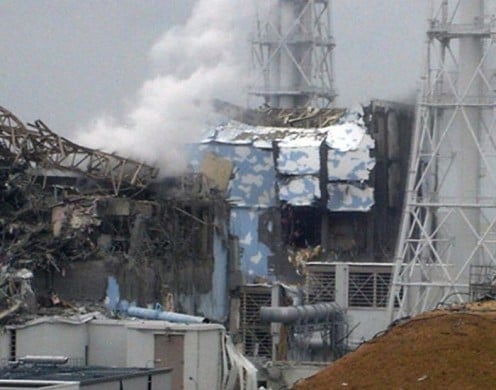
October 2013
Water samples taken from Fukushima Daiichi Nuclear Power Station by the Tokyo Electric Power Company (Tepco) this month on October 23 showed that the total beta-ray radioactivity was at its highest concentration level yet: 140,000 becquerel per liter, compared with 59,000 becquerel per liter at the same place on October 22. Though the causes of this high concentration remain unknown, Tepco suspects it was due to more heavy rains that fell over the past week.
Coastal BC Radiation Risk
Radiation contamination leaking from the nuclear reactors damaged during Japan's recent earthquake has begun to reach the shores of coastal BC. I decided to educate myself on what this means exactly, in order to quell my own fears and take whatever precautions available and necessary to protect myself from the effects.
My information source is mostly from CBC News Online.
Radiation that is being released into the atmosphere in Japan as a result of damage to their nuclear reactors during the recent and horrific earthquake, takes approximately seven days to reach the shores of BC.
By monitoring the progress of the Japanese efforts to stop radiation leakage from their damaged nuclear plants, we can prepare ourselves for possible radiation exposure. There are detectable levels of radiation being found in seaweed and rainwater in Sidney, BC and other communities situated on the west coast of Vancouver Island.
Although these traces of radiation contamination are minuscule and present very few health risks, it is a good idea to be informed of the possible and or probable effects to humans.
Radiation exposure can cause nausea and vomiting. It can also cause hair loss and low blood count. There are many more symptoms and side effects such as tiredness, loss of energy, skin eruptions.
The three main components of radiation are Iodine - 131, Cesium - 137 and Plutonium. We do not know if Plutonium travels through the atmosphere the same was as Iodine and Cesium.
Iodine - 131, is the key component in radiation. Iodine - 131 collects in, and affects, the thyroid gland. The thyroid gland produces hormones. Some of these hormones are responsible for fertility levels.
Iodine - 131 decays rapidly. Potency reaches half life after eight days. Once it reaches half life, it is rendered essentially harmless. It takes seven days for the radiation contamination to travel across the ocean so by the time it reaches our shores,our exposure to it is apparently not a big issue. People used to consuming iodine rich foods such as fish and seaweed may have fewer side effects.
Cesium - 137
Cesium - 137 is another main compnent in radiation. Cesium - 137 is harder to detect and can remain in the atmosphere for up to thirty years.
Cesium - 137 enters our bodies through ingestion or inhalation. It does not concentrate in specific organs. It spreads equally into soft tissue such as muscles. Cesium - 137 interferes with cell biology and breaks apart molecules, creating free radicals that may contribute to certain cancers.
While Iodine 1- 131 is essentially harmless after ninety days, Cesium - 137 sticks around for up to three hundred years.

Plutonium
I can not find any information that gives a clear indication if Plutonium, another element in radiation, will reach coastal BC and become a health risk. I can find no clear data on whether Plutonium travels through the atmosphere the same way as Iodine - 131 and Cesium - 137.
The information I read indicates external exposure to Plutonium presents very few health effects on the body. But internally, once in the bloodstream, it becomes a much more serious contamination. Plutonium moves throughout the body and into the bones, liver, or other body organs. Plutonium that reaches body organs generally stays in the body for decades and continues to expose the surrounding tissue to radiation and an enhanced risk of certain cancers.
The half life of Plutonium is over 24,000 years.
My research and information seeking about the effects of the levels of radiation exposure to all forms of life on coastal BC, so far, suggests we are not in any grave danger. Not yet anyway.
I will continue to research the long term effects of this substance on human health.
Useful & Helpful Hub Links
- Japan and the radiation danger to the rest of the world
We all know what has happened. We have all been shocked by the news of the earthquake and tsunami that have devastated a large part of Japan
Realities of Radiation Exposure
As I read and educate myself on the effects of radiation exposure on humans, I am beginning to grasp the magnitude of damage that could result due to damaged nuclear reactors.
My heart goes out to, and my prayers are with, the humans and all living species in Japan.
I can only imagine the horrific pain, grief and suffering endured by a kind and gentle people.
Earth is becoming a dangerous and unstable planet to live on.
Please pray for the people, animals and all living things in Japan.
Good Links
- HubPages New User Signup
Click on this link to join HubPages. It is fast and free! Make money with ads on HubPages. - Peace of mind or inner peace
Peace of Mind - what is peace? A lovely cup of tea in my hand on a warm sunny afternoon I wonder if this is peace of mind or is it contentment. I look around and find people so busy that they have no time to... - Vishnu Mudra for Wellness: Busy People Manage Stres...
Busy modern lives, lived in cities with pressured schedules and near-constant noise from traffic, conversations, and electronic media such as cellphones, TV, and ipods, create stress that weakens our health,...
An alarmist
I do not think I am an alarmist. I like to think of myself as a realist. The reality of surviving a nuclear accident created by human error or natural occurance does not sound positive. I have read reports that suggest the whole northern hemisphere would need to be
© 2011 ShyeAnne

